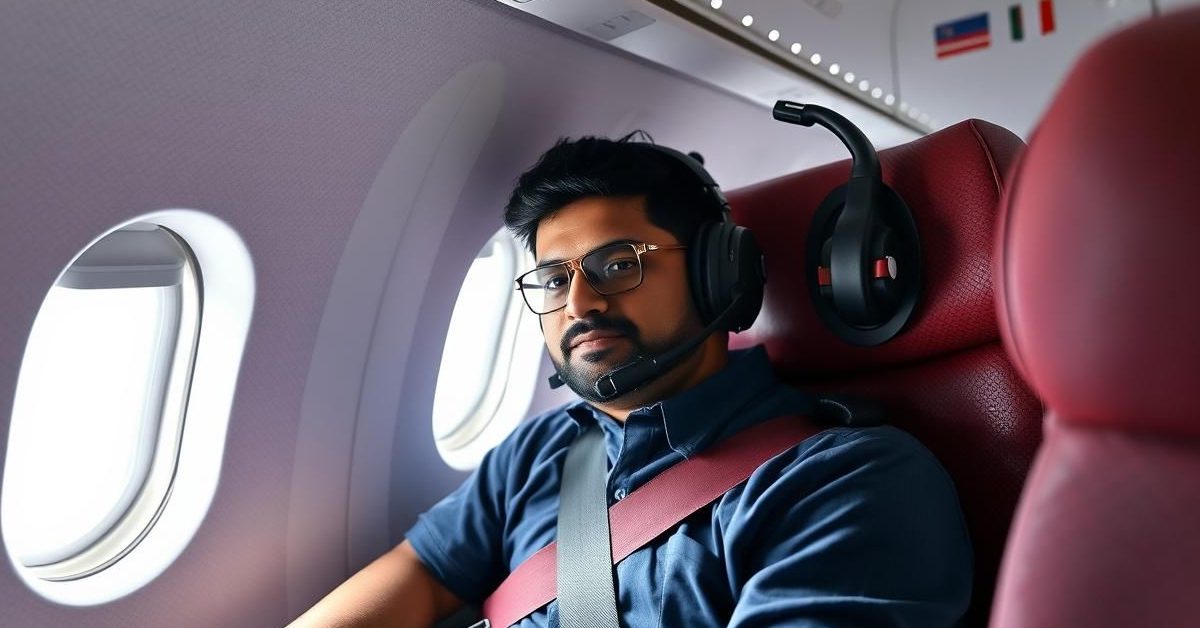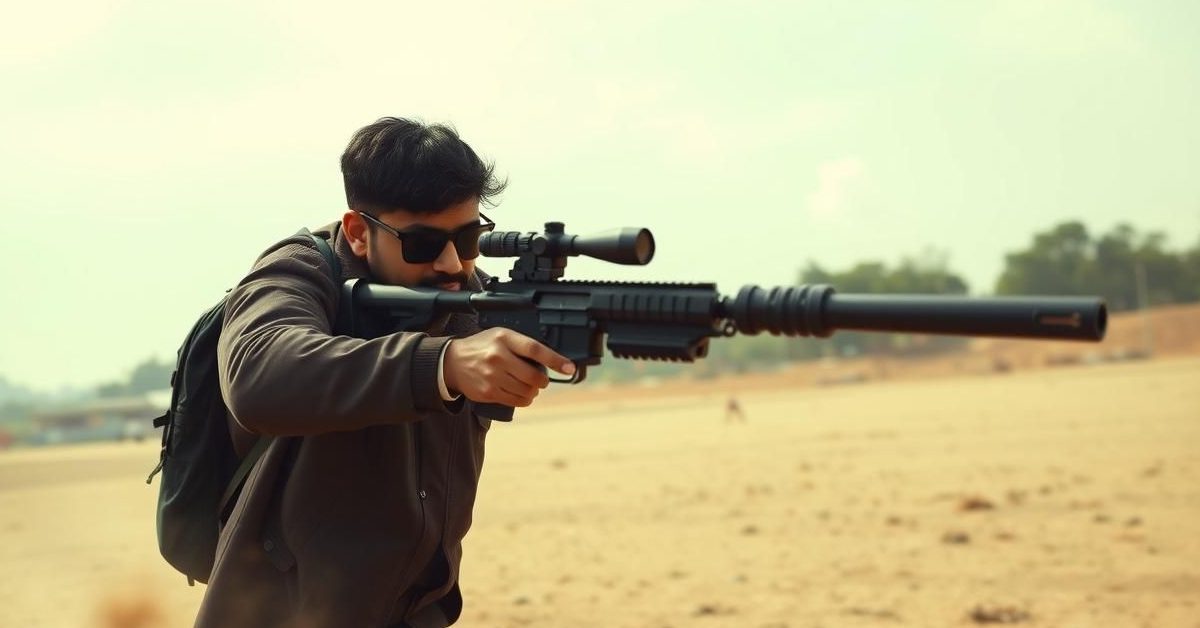Popular YouTuber Gaurav Taneja, known as Flying Beast, recently shared his insights into how the sole survivor of the tragic Air India crash in Ahmedabad might have escaped with his life, theorizing that not wearing a seat belt properly could have been a key factor.
The Ahmedabad Crash and a Sole Survivor
The recent Air India crash in Ahmedabad tragically claimed the lives of 260 people. As investigations continue, a preliminary report has shed some light on the incident.
Remarkably, only one passenger, Vishwash Kumar Ramesh, survived the devastating crash. He was seated in seat 11A. Videos circulated online showed Vishwash walking away from the wreckage, seemingly without serious injuries, a fact that has intrigued many.
The Mystery of Seat 11A
The survival of a passenger in seat 11A is not unprecedented. Gaurav Taneja, speaking with pilot Capt. Amit Singh, referenced a 1998 Thai Airways crash where the passenger in seat 11A was also the sole survivor.
This history has led to a belief among some that seat 11A is the safest spot on a plane, with people even willing to pay a premium for it.
Flying Beast’s Seat Belt Theory
Gaurav Taneja presented a compelling theory: the lucky passenger might not have been wearing a seat belt, or it was not buckled properly and unfastened upon impact. He explained that unlike cars, planes use two-point seat belts that secure only the pelvic region.
In a car, a three-point seat belt keeps the torso against the seat, preventing forward movement. However, with a two-point belt, the upper and lower body can be propelled forward during an impact, leading to severe hip and internal injuries.
Taneja suggests that if the belt wasn’t properly secured or came undone, it might have prevented the crushing pelvic injuries typically associated with a buckled two-point belt in a high-impact crash.
Other Contributing Factors
Beyond the seat belt, Taneja highlighted two other factors that could have aided the survivor. Seat 11A had approximately six feet of empty space in front of it, providing crucial room for the passenger’s forward momentum to slow down.
Additionally, seat 11A is often located above one of the strongest structural parts of the aircraft, which could have offered more protection during the impact.
The Challenge of Post-Crash Escape
Gaurav Taneja also touched upon the grim reality that even if someone survives the initial impact while buckled in, severe pelvic injuries can make it impossible to walk. This critical immobility in a burning, smoke-filled cabin could prove fatal, emphasizing the unique circumstances of Vishwash Kumar Ramesh’s survival.
Key Takeaways
- Vishwash Kumar Ramesh, from seat 11A, was the sole survivor of the Air India Ahmedabad crash.
- Gaurav Taneja (Flying Beast) theorizes that not wearing a seat belt, or improper buckling, might have saved the survivor from severe pelvic injuries.
- Unlike cars, planes use two-point seat belts, which can lead to significant forward body movement and injury during impact.
- Empty space in front of seat 11A and its location over a strong part of the aircraft may have also contributed to the survival.
- Even if one survives the impact with a buckled belt, subsequent injuries can hinder escape from the wreckage.
This unique case continues to offer valuable, albeit hypothetical, insights into aircraft safety and passenger survival in extreme situations.















